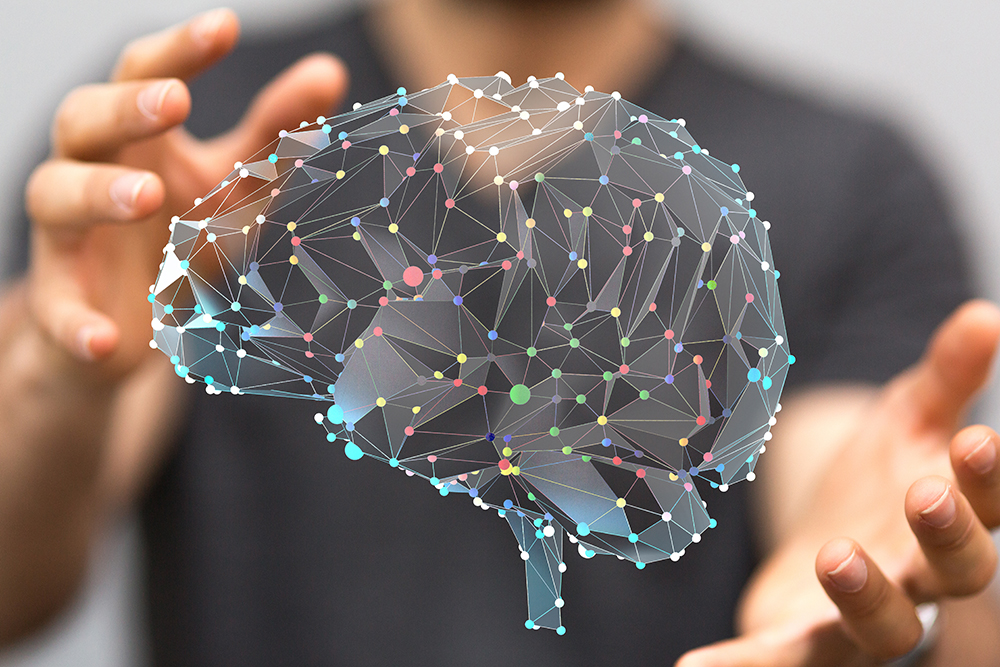As one of the world’s leading causes of disability, depression remains a significant public health concern. While many effective depression treatments exist, first-line approaches such as antidepressants and psychotherapy do not provide relief for everyone. If your depression symptoms remain after at least two months of medication and talk therapy, you may have treatment-resistant depression. When antidepressants do not work well, you can try an innovative technology called transcranial magnetic stimulation.
What Is Transcranial Magnetic Stimulation?
TMS represents a cutting-edge approach that diverges from conventional treatment methods. Here are some of its benefits.
- Non-invasive: Unlike other forms of brain stimulation, TMS operates externally, meaning there’s no need for surgical intrusion or implants.
- Targeted: By focusing powerful magnetic fields on brain regions involved in depression, TMS offers a targeted treatment strategy.
- Safe: The most frequent TMS side effect reported is a headache. While the risk of severe seizures is rare with TMS, you should still tell your provider if you have epilepsy or a history of severe neurological conditions.
- Efficacy: The numbers speak volumes. A remarkable 50 to 60% of people with treatment-resistant depression find meaningful relief with TMS. Moreover, around a third may experience full remission. However, while the effects are promising, they aren’t permanent. The average symptom relief lasts about year, so you may pursue subsequent treatments after that.
How Does TMS Work?
TMS uses an alternating current passed through a metal coil placed against the scalp to generate rapidly alternating magnetic fields. These pass through the skull nearly unchecked and induce electric currents that depolarize neurons in a focal area of the surface cortex.
Understanding what to expect during a TMS treatment regimen can help ease any apprehension you may feel about undergoing it.
- Treatment frequency: TMS is no quick fix. It necessitates commitment by undergoing sessions five times weekly over several weeks.
- Session details: Before beginning the stimulation process, a skilled technician determines the optimal parameters. This process pivots on a neural “landmark” – the motor cortex. Identifying and targeting this region allows your provider to calibrate the device to ensure maximum efficacy when stimulating the primary target area.
- Treatment timeline: Patience is essential. Though your brain’s excitability level might change after a single session, tangible relief typically manifests after several weeks of consistent appointments.
Hope Beyond Traditional Treatments
While treatment-resistant depression presents unique challenges, innovations like transcranial magnetic stimulation are promising. At Pine Grove, our advanced practitioners provide clients with the latest and most effective therapeutic interventions. If you have treatment-resistant depression, reach out to us to explore how TMS might help you heal.

